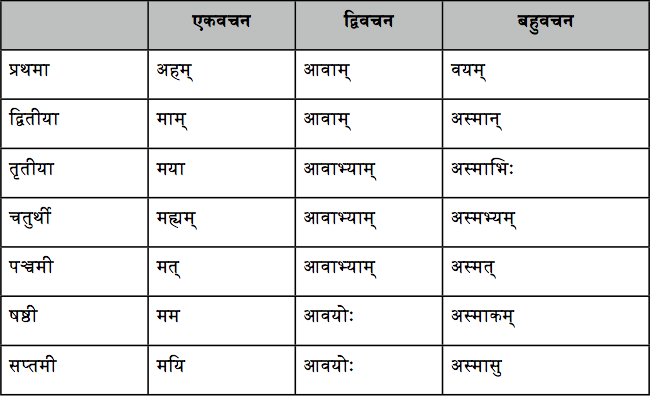Importance of Sanskrit Language And Its Relevance
Importance of Sanskrit as a Divine and Mother of All Languages
Importance of Sanskrit Language can be understood from its usage in modern times as a programming language most suited for computers as even proclaimed by none other than NASA.
The Sanskrit Language is one of the oldest languages of this earth. Scholars attempted to find out the exact era of this language, but precisely they could not succeed. More and more they establish the date of origin of this languages, the evidence emerges to take them back more in the past. Let us elaborate and dig deeper into the subject. Let us learn more about the importance of Sanskrit in a modern context.
The Origin:
Considering all the five points as explained above, which also cites the Importance of Sanskrit Language, it is quite evident that Sanskrit is the source of all the languages of the world and not a derivation of any language. As such, the Sanskrit Language is the Divine mother language of the world.
A Glimpse of the Perfection of Sanskrit Grammar:

There is a total of 52 letters (16 vowels and 36 consonants). The vowels are अ आ इ ई उ ऊ ए ऐ ओ औ अं अः ऋ . The consonants are क ख ग घ ङ च छ ज झ ञ त थ द ध न ट ठ ड ढ ण प फ ब भ म य र ल व स श ष ह क्ष त्र ज्ञ .
From the exacting nature of the pronunciation of its 52 letters to the science of word formation, there has never been any kind, class or nature of change in the science of Sanskrit grammar. Sanskrit has been in its perfect form since the very beginning. While annotating the Importance of Sanskrit Language, one can readily reckon this aspect Sanskrit language.
Importance of Sanskrit Language Understood by its World Wide Acknowledgments
In the series of overgrowing acknowledgments, recently Sanskrit got a new spokesperson in Professor Dean Brown, an eminent Theoretical Physicist, cosmologist, philosopher and Sanskrit scholar, whose translation of the Upanishads was published by the Philosophical Research Society. In a very interesting interview, Professor Dean Brown brings about an interesting Co-relation of Sanskrit and Physics.
Prof. Dean Brown points out and stresses upon the Importance of Sanskrit Language by saying that most European languages can be traced back to a root language that is also related to Sanskrit – the sacred language of the ancient Vedic religions of India. Many English words actually have Sanskrit origins. Similarly, many Vedic religious concepts can also be found in Western culture. He discusses the fundamental idea of the Upanishads – that the essence of each individual, the atman, is identical to the whole universe, the principle of Brahman. In this sense, the polytheistic traditions of India can be said to be monistic at their very core.
The Sanskrit Language maintained the glory of eternal Bhartiya scriptures in its perfect linguistic representation since its appearance on the earth planet. If someone’s conscience fails to comprehend the eternal authenticity of the Sanskrit language for some reason, then at least, according to the above descriptions, one can surely understand its unparalleled perfection that had the capacity of introducing hundreds of thousands of words according to its root system since the very beginning, when even the earliest known cursive writing systems of the world (Greek and Hebrew etc.) were in their infancy and were struggling to standardize the pronunciation and to improve their vocabulary. By the above sermons, one can understand the Importance of Sanskrit Language.
Reference: Wikipedia



